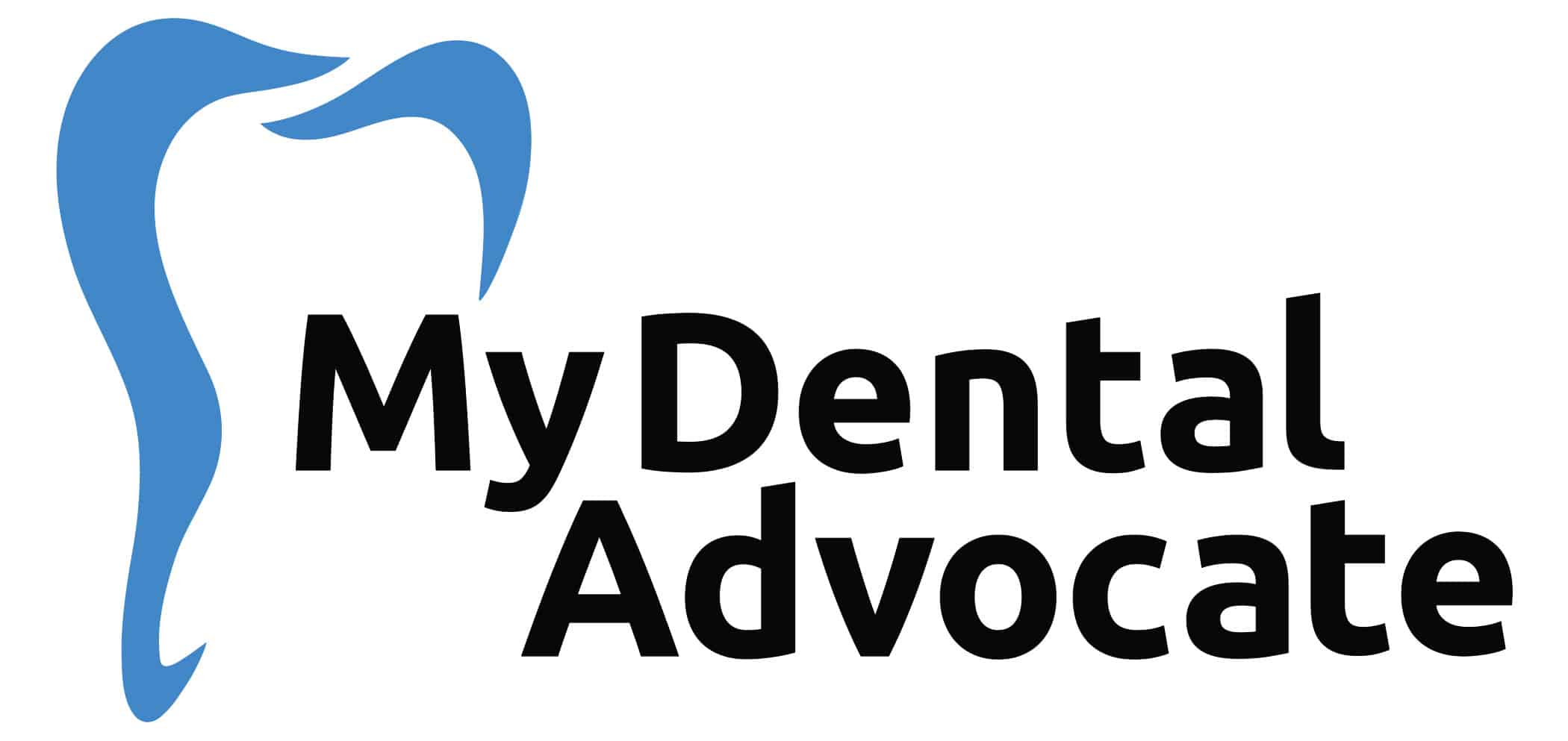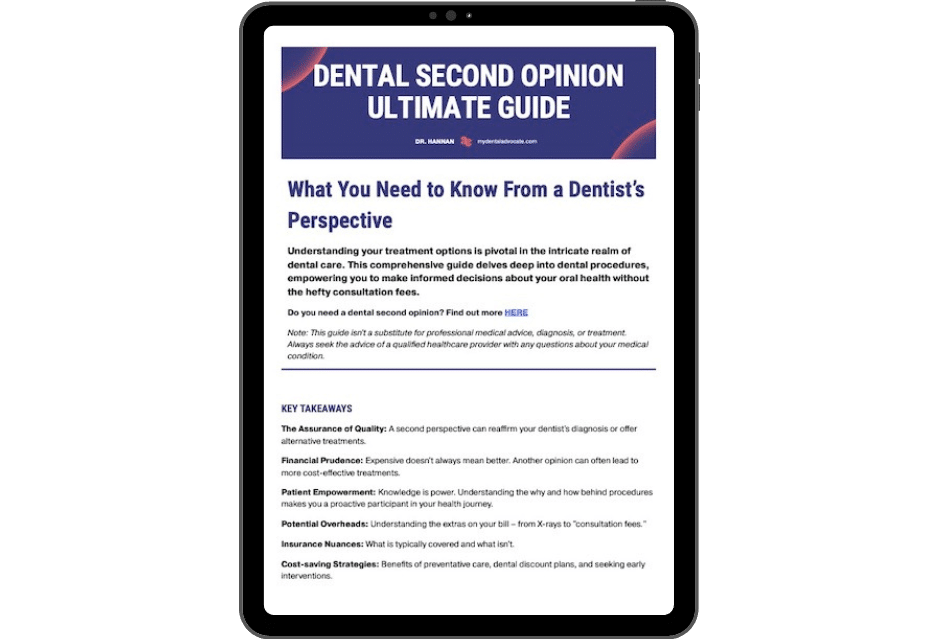FMX Dental X-ray Guide (Are They Safe?)
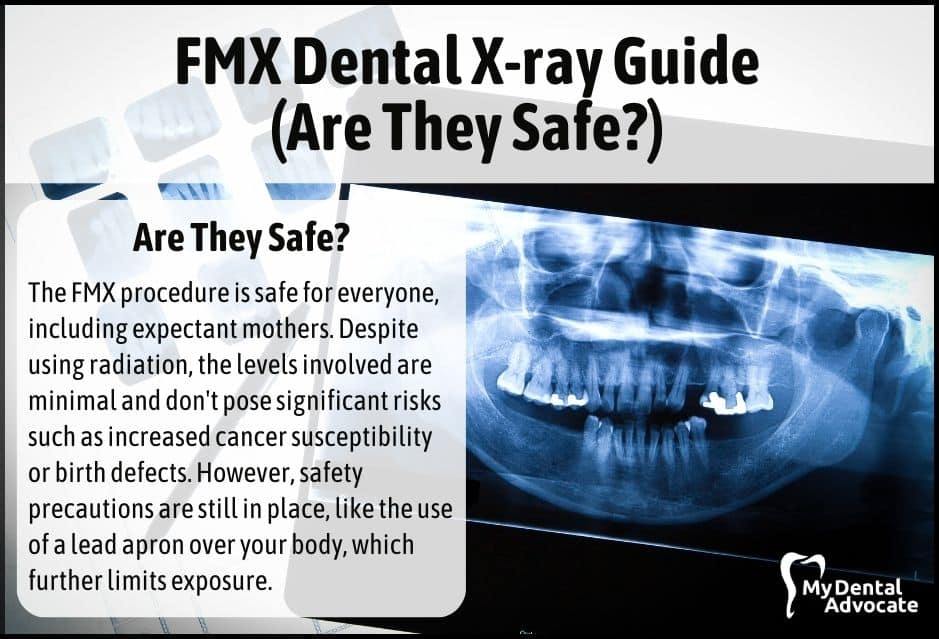
Navigating the world of dental healthcare can often seem overwhelming, particularly when understanding advanced diagnostic tools like FMX Dental X-rays.
As a cornerstone of comprehensive oral health assessments, these X-rays are critical in identifying underlying dental conditions, guiding treatment plans, and even detecting early signs of oral diseases.
But are they safe? This guide sheds light on this critical question while providing an in-depth understanding of FMX Dental X-rays.
Key Takeaways
- An FMX dental X-ray is a comprehensive view of oral anatomy, including teeth, gums, and jaw bones.
- This type of X-ray can be a valuable diagnostic tool for dentists to identify potential issues that may not be visible during a routine dental exam.
- While an FMX may not be necessary for every patient, it is typically taken during the first visit to a new dental office.
Need Dental Advice? Ask Dr. Hannan!
What Is A FMX Dental X-ray?
If you’ve recently signed up with a new dentist, they may advise you to undergo a Full Mouth X-ray (FMX).
During the FMX procedure, your dentist or dental hygienist will position a small sensor inside your mouth to capture multiple images of your teeth and jawbone.
These images play a crucial role for your oral health.
Highlights
- An FMX is essentially a combination of 16 individual X-rays plus four bitewings.
- This combination facilitates a comprehensive view of your entire oral anatomy.
- Detect potential dental issues like cavities, gum disease, or impacted teeth.
- Monitor changes in your oral health over time.
- Performed during your initial visit and then every three to five years subsequently.
- Allows your dentist to track changes in your oral health effectively.
Are FMX Dental X-rays Safe?
The FMX procedure is safe for everyone, including expectant mothers.
Despite using radiation, the levels involved are minimal and don’t pose significant risks such as increased cancer susceptibility or birth defects.
However, safety precautions are still in place, like using a lead apron over your body, further limiting exposure. Please always inform your dentist if you’re pregnant.
Types of FMX Dental X-Rays
When you visit the dentist, they may recommend a comprehensive full mouth series (FMX) dental x-ray to examine your teeth and jaw.
The FMX consists of several X-rays, each providing a different view of your mouth. Here are the three main types of FMX dental X-rays:
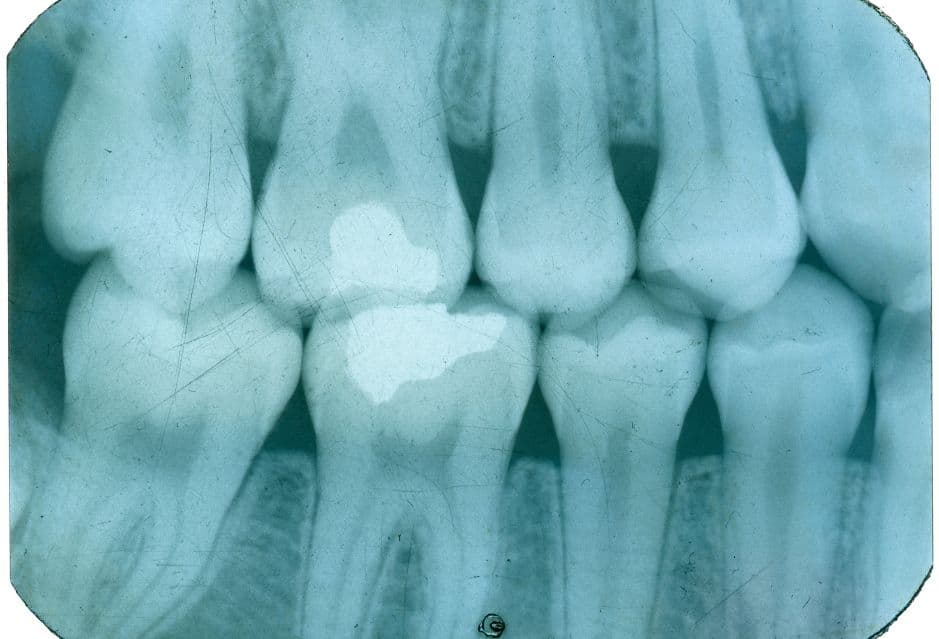
Bitewing X-Rays
Bitewing X-rays are the most common type of dental X-ray. They show the upper and lower teeth in one area of the mouth.
These X-rays are useful for detecting cavities and other dental problems that may not be visible during a visual exam.
Bitewing X-rays are usually taken once a year during a routine dental checkup.
Periapical X-Rays
Periapical X-rays show the entire tooth, from the crown to the tip of the root. These X-rays are useful for detecting problems such as abscesses, cysts, and impacted teeth.
They are also helpful in planning for root canals and other dental procedures. Periapical X-rays are usually taken on an as-needed basis.
Panoramic X-Rays
Panoramic X-rays view the entire mouth, including the teeth, upper and lower jaws, and sinuses. These X-rays are useful for detecting problems such as impacted teeth, tumors, and jaw disorders.
They are also helpful in planning for orthodontic treatment and dental implants. Panoramic X-rays are usually taken every three to five years, depending on the patient’s age and dental health.
Recommended Reading: Transforming Dental Health: The Breakthrough of Digital Dental X-raysRadiation Exposure from Dental X-Rays
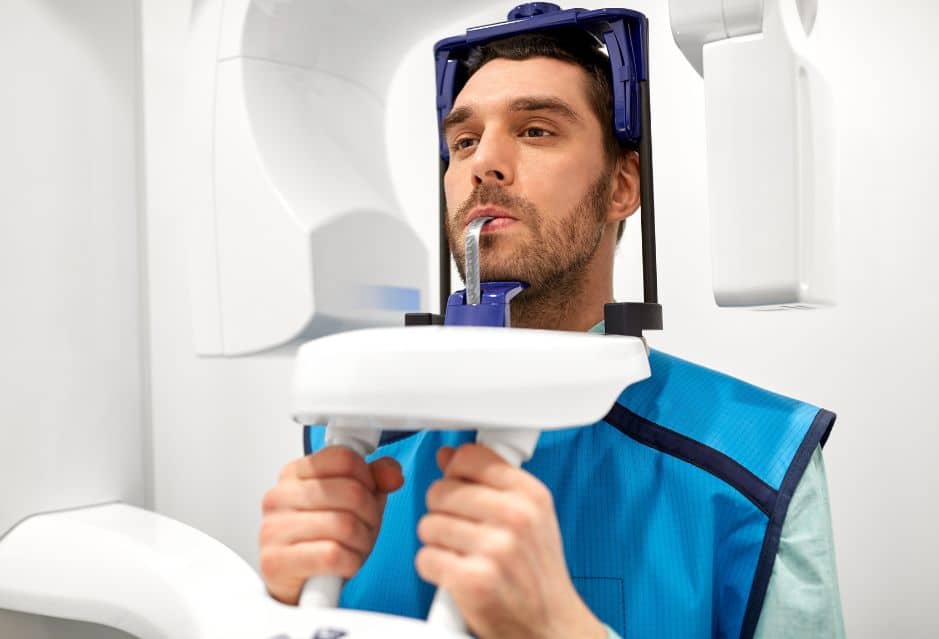
When you undergo a dental x-ray, the level of radiation exposure is extremely low.
A full-mouth series of radiographs, typically involving 18-22 separate images of your teeth, exposes you to roughly the same radiation risk as a passenger on a cross-country flight, according to Dana-Farber Cancer Institute.
According to Cleveland Clinic, dental X-rays, or radiographs, are essential for dentists to examine structures in your mouth that can’t be seen during a routine checkup, such as your jawbone, nerves, sinuses, and teeth roots.
Digital radiography is becoming more common today, reducing radiation exposure compared to traditional film X-rays.
While few studies have examined health effects related to dental X-ray exposure, only limited findings suggest that there may be a slightly increased risk of meningioma and thyroid cancer, according to PubMed.
However, more studies with larger populations and prospective designs are needed to elaborate on these associations further.
To mitigate possible risks during a dental x-ray, your dentist may provide you with a lead apron and thyroid collar. These protective measures can minimize your exposure to radiation during the procedure.
It’s important to discuss any concerns regarding radiation exposure with your dentist so that you can make informed decisions about when and how often X-rays should be taken as part of your dental care.
Benefits of FMX Dental X-Rays
When it comes to maintaining good oral health, regular dental check-ups are essential. One of the most important tools dentists use during these check-ups is the FMX dental X-ray.
Here are some of the benefits of getting an FMX dental X-ray.
Key Benefits
- Detecting Cavities and Decay: FMX dental X-rays are crucial for spotting hidden cavities and tooth decay, enabling early intervention before conditions worsen and require more complex treatments.
- Identifying Gum Disease: These X-rays are effective in detecting gum disease early, allowing for timely treatment to halt its progression.
- Assessing Jaw and Bite Issues: FMX X-rays aid in evaluating problems with jaw alignment or the temporomandibular joint (TMJ), guiding dentists in recommending treatments like braces or orthodontic devices.
- Planning Dental Procedures: They provide a comprehensive view of your teeth and jaw, crucial for planning procedures such as extractions, root canals, or implant placements, ensuring personalized and effective treatment plans.
The use of lead aprons and advancements in digital X-ray technology have helped reduce radiation exposure during dental X-rays.
Safety & Frequency of Dental X-Rays
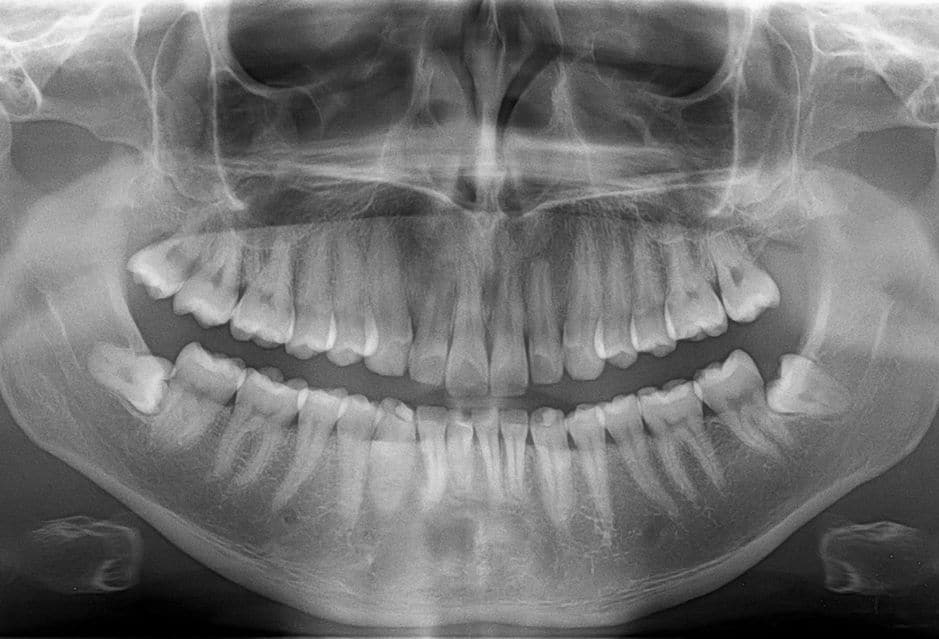
Dental X-rays, or radiographs, are essential for dentists in diagnosing various dental issues such as tooth decay, abscesses, impacted teeth, and problems with braces or dentures.
As a patient, it is important to understand these X-rays’ safety and frequency to maintain oral health.
Regarding safety, dental X-ray imaging has significantly improved over the years, with the development of digital techniques leading to reduced radiation doses.
However, any exposure to electromagnetic radiation carries some risk, and dental X-rays are no exception.
The American Cancer Society affirms that X-rays can cause cancer, though the risk is low compared to the valuable diagnostic information they provide.
Dental professionals follow strict safety guidelines to minimize radiation exposure, ensuring you only receive the necessary amount. They usually provide a lead apron to shield your body from radiation during the procedure.
Moreover, dental technicians are trained to follow best practices to avoid unnecessary exposure for themselves and their patients.
Recommended Reading: Do Dental X-rays Show Cancer? (Expert Advice)The frequency of dental X-rays varies depending on the individual’s specific dental needs and overall oral health.
The U.S. Food and Drug Administration (FDA) and American Dental Association recommend that the frequency be decided on a case-by-case basis after evaluating the patient’s caries (tooth decay or cavity) risk assessment.
You and your dentist will discuss your risk factors and determine the most suitable intervals between X-rays.
Safety Measures
To minimize your exposure to radiation during a dental X-ray, your dentist will take the following safety measures.
Highlights
- Lead Aprons and Thyroid Collars: These protective items are used during X-rays to shield your body from radiation.
- Digital X-rays: This modern technology emits less radiation compared to traditional film X-rays.
- X-rays on a Need Basis: Dentists perform X-rays only when necessary, minimizing your exposure to radiation.
- Limiting X-ray Frequency: To reduce radiation exposure, your dentist will carefully limit the number of X-rays taken over time.
Cost & Insurance Coverage
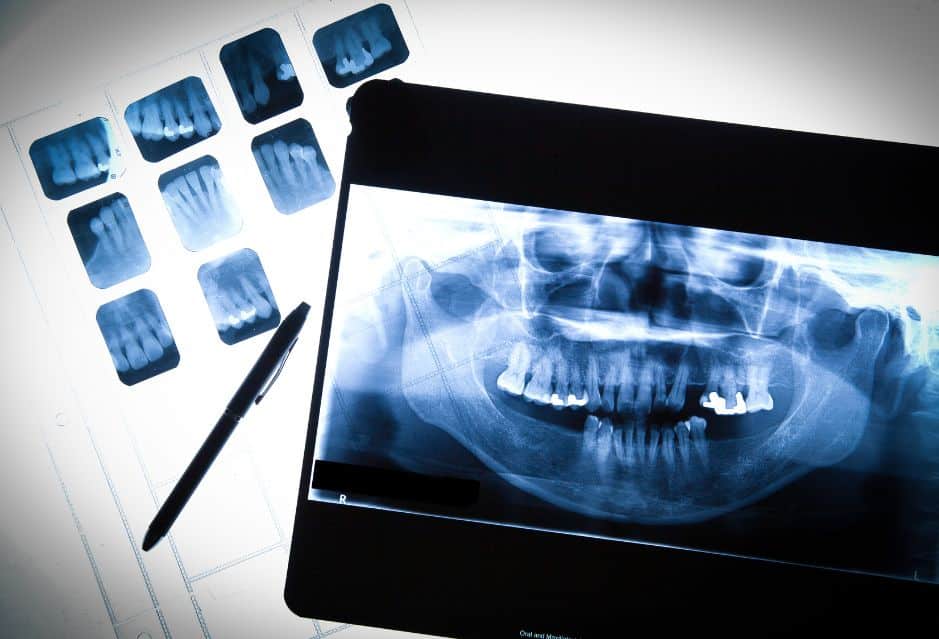
The cost is an important factor when getting a full-mouth series (FMX) of dental X-rays.
The cost of an FMX can vary depending on several factors, including the location of the dental office, the type of dental insurance you have, and the number of X-rays included in the series.
Generally, an FMX can range from $100 to $400 without insurance. However, if you have dental insurance, the cost of an FMX may be covered in full or in part, depending on your plan.
For example, some dental insurance plans cover up to 80% of dental X-rays, while others may cover the full cost.
It’s important to check with your dental insurance provider to understand your coverage and any out-of-pocket costs you may be responsible for.
It’s also worth noting that dental X-rays are not the only cost associated with an FMX.
Depending on the results of the X-rays, your dentist may recommend additional procedures or treatments, which can add to the overall cost.
For example, if the x-rays show that you have a cavity or other dental issue, you may need to get a filling or other treatment, which can add to the cost of your dental care.
In addition to checking with your dental insurance provider, it’s a good idea to talk to your dentist about the cost of an FMX and any other associated costs.
Your dentist can help you understand the benefits of getting an FMX and any potential risks and provide guidance on managing the cost of your dental care.
By working with your dentist and dental insurance provider, you can make informed decisions about your dental health and ensure you receive the care you need at a price you can afford.
My Experience & Expertise
As a dentist, my primary goal is to ensure the overall oral health of patients.
FMX Dental X-rays play an indispensable role in achieving this objective. They provide a detailed understanding of the oral environment, enabling early detection and intervention of potential issues.
Despite involving radiation, the safety measures ensure it is safe for all individuals, including pregnant women. Rest assured; an FMX is not just a procedure; it’s a proactive approach to safeguard your smile and overall dental health.
Need a second opinion? We can help! Learn more. Knowledge is power when cultivating healthy dental habits. The more informed you are, the better positioned you’ll be to prevent avoidable and potentially costly dental procedures for you and your family. Watch for future blog posts, where we’ll continue sharing important information, product reviews and practical advice!

About the Author
Dr. Matthew Hannan, also known as “Dr. Advocate,” is a board-certified dentist on a mission to provide accurate dental patient education. He attended Baylor University before completing dental school at UT Health San Antonio School of Dentistry. He now lives in Arizona with his beautiful wife and 4 kids. Dr. Hannan believes everyone should access easy-to-read dental resources with relevant, up-to-date dental research and insight to improve their oral health.

Connect with Dr. Hannan!
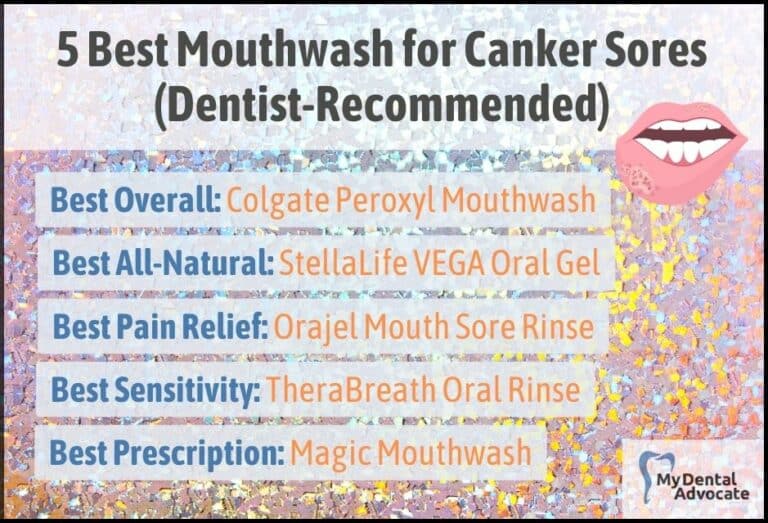
Best Mouthwash for Canker Sores 2024 (My Thoughts)
Opening your mouth and seeing a canker sore looking back at you in the mirror is never pleasant. These pesky, painful sores can make eating, drinking, and even talking painful.
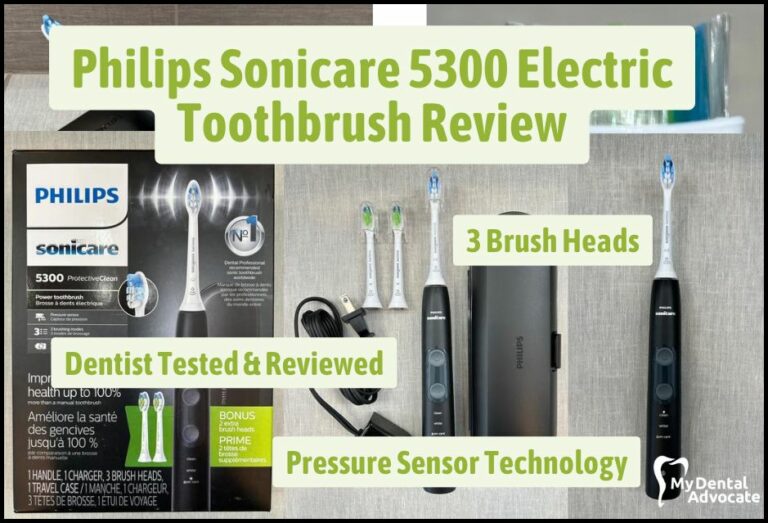
Sonicare 5300 Electric Toothbrush Review (Dentist Recommended)
Discover the secret to a healthier, brighter smile with the Philips Sonicare ProtectiveClean 5300 electric toothbrush. Expertly engineered for superior oral care, this innovative toothbrush provides an effective and tailored deep cleaning experience…
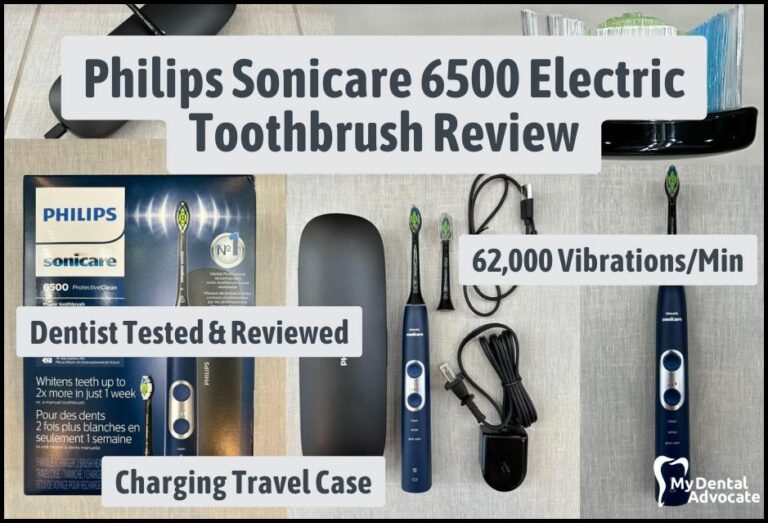
Philips Sonicare 6500 Electric Toothbrush Review 2024
In the realm of dental care, the Philips Sonicare 6500 Electric Toothbrush emerges as a revolutionary player. This cutting-edge device transcends standard cleaning, delivering a superior brushing experience that rewards you with a rejuvenated and sparkling smile.
Gain Clarity with Our FREE Second Opinion Guide
Receive clear, expert second opinions online within 48 hours. Start today!
Product Reviews
Our 250+ dental product reviews (and counting), curated by an experienced dentist, are the most comprehensive online.
Toothbrush Genie
State-of-the-art chatbot designed to help you discover your perfect toothbrush in just a few simple steps!
Cavity Risk Assessment
Cutting-edge digital tool designed to evaluate your individual cavity risk based on your responses to a series of questions.
Gum Disease Assessment
Discover your gum disease risk with our quick and engaging 6-question assessment!
